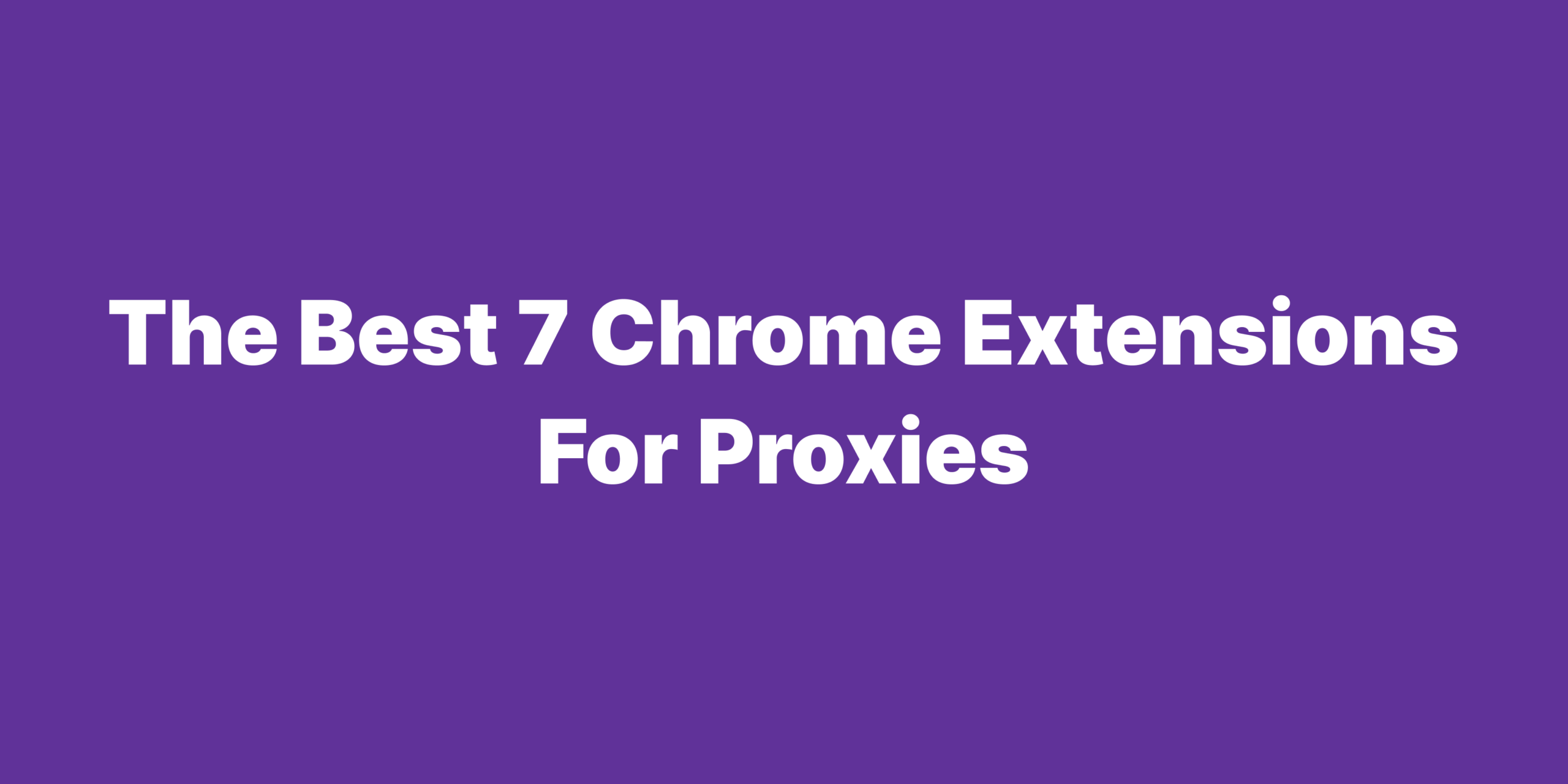In the landscape of web scraping, understanding the nuances between Internet Protocol (IP) versions—IPv4 and IPv6—is pivotal. The shift towards IPv6 emerged from the need to address the exhaustion of IPv4 addresses. This newer version boasts a vastly larger pool of addresses, potentially making IPv6 proxies more accessible and cost-effective. However, this advantage is tempered by challenges such as increased likelihood of scraper detection and inconsistent website support, as IPv6 adoption is not yet universal. For web scraping projects aiming for efficiency and stealth, leveraging the best web scraping API can provide a crucial edge, navigating the intricacies of IP address versions to maximize data extraction success. This article delves into the key differences and insights between IPv4 and IPv6 in the context of web scraping, offering valuable perspectives for developers and data analysts alike.
As for the speed comparison between IPv4 and IPv6, any differences are insignificant in the context of web scraping.
Despite the cost-effectiveness of IPv6 proxies, IPv4 proxies remain the preferred choice for web scraping, provided the target website supports the newer protocol version.
For additional information, refer to our blog post on the introduction to proxies in web scraping.




